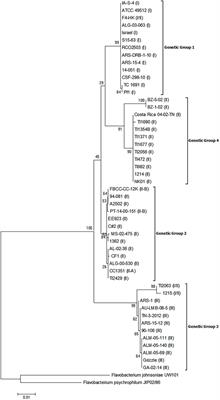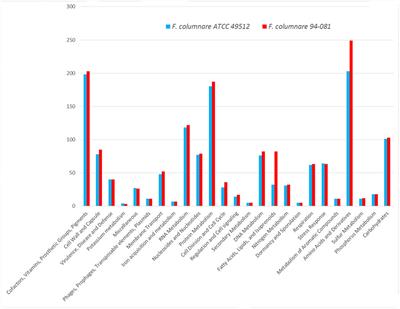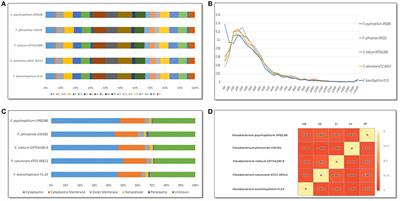ORIGINAL RESEARCH
Published on 08 May 2019
Comparative Structural and Antigenic Characterization of Genetically Distinct Flavobacterium psychrophilum O-Polysaccharides

doi 10.3389/fmicb.2019.01041
- 2,768 views
- 15 citations
13k
Total downloads
67k
Total views and downloads
You will be redirected to our submission process.
ORIGINAL RESEARCH
Published on 08 May 2019

ORIGINAL RESEARCH
Published on 26 Mar 2018

ORIGINAL RESEARCH
Published on 13 Mar 2018

ORIGINAL RESEARCH
Published on 07 Feb 2018

ORIGINAL RESEARCH
Published on 23 Jan 2018

ORIGINAL RESEARCH
Published on 30 Nov 2017

ORIGINAL RESEARCH
Published on 07 Nov 2017

ORIGINAL RESEARCH
Published on 21 Sep 2017

ORIGINAL RESEARCH
Published on 12 Sep 2017

ORIGINAL RESEARCH
Published on 25 Jul 2017

ORIGINAL RESEARCH
Published on 19 Apr 2017

